Rolling public health restrictions, the ebb and flow of COVID-19 infections have forced Ontario to a K-shaped recovery. Certain sectors continue facing difficulties whilst other areas are largely insulated such as retail, manufacturing, construction, the resale homes and related sectors. Economists consider real GDP in 2021 is forecast to come in at 6.1% up from 5.0% down in 2020 on broad-based economic growth once restrictions are lifted. With the opening of the economy, immigration and the border, Ontario’s labor markets will also benefit. The unemployment rate is forecast to decline from 9.6% in 2020 to 7.5% in 2021 as hiring growth outstrips labor force growth. But there are a few COVID-induced and secular downside risks which may affect the outlook:
- COVID-induced risks:
- the emergence of new COVID-19 variants;
- cost-push inflation due to persistent supply chain issues; and
- demand-pull inflation due to pent-up demand.
- Secular downside-risks:
- secular rise of household debt;
- climate change; and
- China’s rise.
The effects of many of the changes caused by COVID-19, combined with secular downside risks are not obvious, and could produce upside or downside surprises and the degree to which monetary policy stays active or retreats. This uncertainty demands caution and robust monitoring of loan books. For the second quarter 2021, the following tactical actions are recommended:
- Many assumptions regarding creditworthiness and repayment behavior may be less true during times of perceived scarcity. For lenders, it is necessary to re-evaluate credit granting and risk modelling toolkits. Typically backed by credit bureau scoring, these might be inadequate based on altered post-COVID behavioral factors, such as, scarcity mindset and buy-now and pay-later
- For loans collateralized by real-estate, stretched valuations need to be re-examined by developing ‘what-if’ pessimistic scenarios to de-bias thinking and develop a range of divergent outcomes
